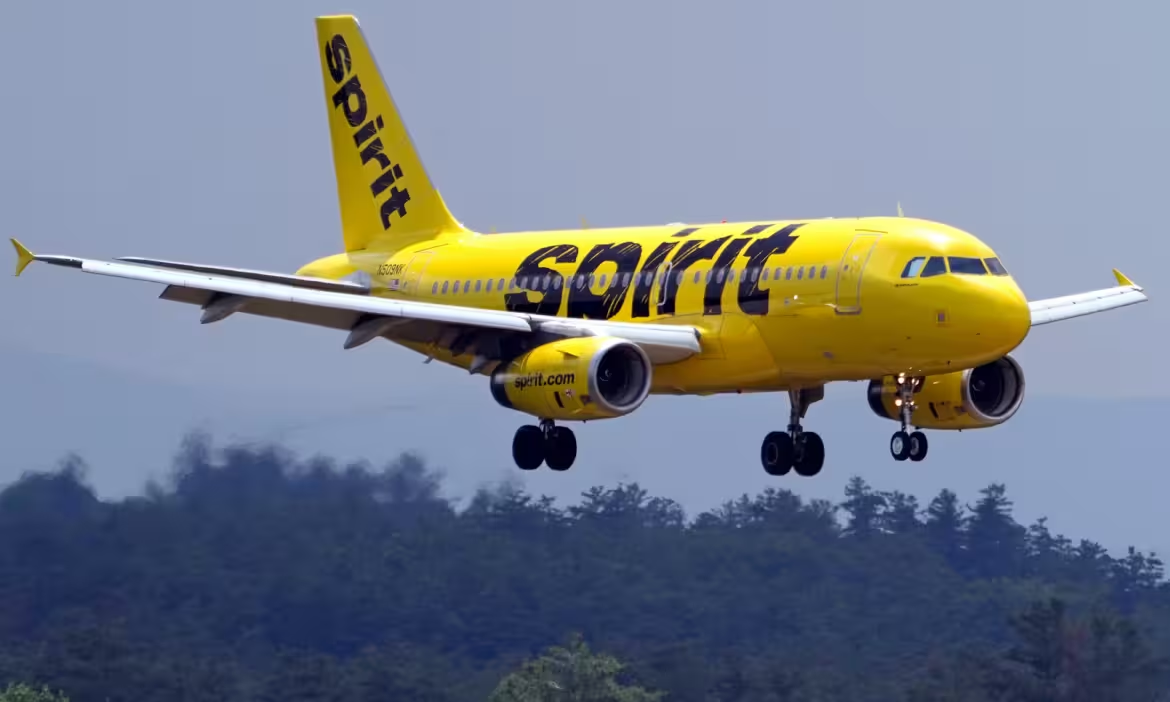AD
Spirit Airlines, known for its ultra-low-cost fares, has filed for Chapter 11 bankruptcy today in New York, marking a significant turn for the budget carrier. The filing is part of a strategy to restructure its debt and stabilize operations after years of financial difficulties stemming from the COVID-19 pandemic, rising operational costs, and stiff competition in the airline industry.
Why the Filing Happened
Spirit has struggled to rebound from pandemic-related losses, reporting a cumulative $2.5 billion deficit since 2020. The company also faces over $1 billion in upcoming debt payments. Challenges such as the failure to merge with JetBlue, grounding of aircraft due to engine recalls, and changes in consumer travel habits have compounded its financial woes.
Impact on Operations
For now, it’s business as usual for Spirit’s passengers. The airline has assured travelers that flights, reservations, and loyalty programs will continue uninterrupted during the bankruptcy process. However, there may be some adjustments to future schedules, with Spirit already announcing a reduction in capacity for the winter months to streamline operations.
What’s Next?
The bankruptcy aims to position Spirit for long-term viability by restructuring its debts and working with creditors. This includes plans to maintain employee wages and meet obligations to vendors, ensuring minimal disruption to operations. Analysts suggest the airline’s recovery hinges on retaining customer trust during this period of uncertainty.
As the first major U.S. airline to file for bankruptcy in over a decade, Spirit’s journey through Chapter 11 will be closely watched as it seeks to balance operational efficiency with customer confidence.
For travelers, it’s a reminder to stay updated on airline policies and schedules, especially as the holiday travel season approaches.
AD











Post comments (0)